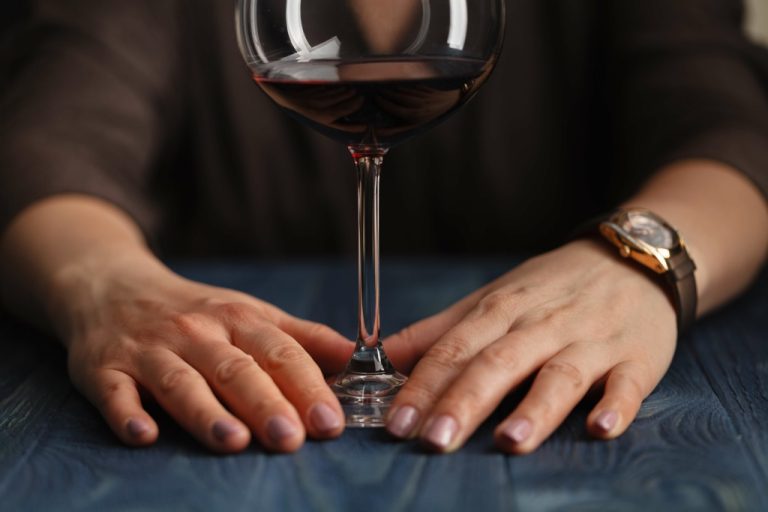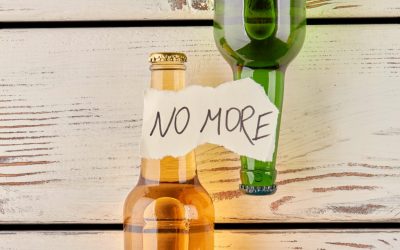10 Consequences Of Binge Drinking To Be Aware Of
Drinking too much too quickly can affect breathing, heart rate, body temperature and gag reflex. Binge drinking can increase the risk of developing alcohol use disorder – a chronic and relapsing condition that can be difficult to overcome without support. Drinking more than 12 units of alcohol can put you at considerable risk of developing alcohol poisoning – especially if you drink a lot of alcohol in a short period of time. It can have long-term health consequences, including liver damage, cardiovascular problems, and mental health conditions such as depression and anxiety disorder. Binge drinking can have significant negative impacts on physical health, mental well-being, and overall quality of life.
How to avoid the risks of binge drinking
By the time they’re college seniors, most students moderate their drinking. But by then, many already have been hurt by their bouts of heavy drinking. Binge drinking is drinking to get drunk—the point at drug addiction treatment which drinking can lead to health or behavioral problems. For millions of young adults in this country, the weekend will pass in an alcoholic blur.
BEHAVIORAL HEALTH PROGRAMS
Many experts define it as drinking enough alcohol during a 2-hour period to bring the BAC to 0.08%. Generally, this is around four drinks for women and five drinks for men. But bodies absorb alcohol differently depending on factors including body type and consequences of drinking age. Blackouts are also a risk where the brain can’t form new long-term memories despite the person being awake and active. Blackouts are more likely to occur when women drink more than 8 drinks and men more than 10 in an occasion. Blackouts are linked to increased risk of injury, poor decision-making as well as cognitive issues, like memory lapses and everyday thinking problems, even in young people.
Risk factors
It should not be used in place of the advice of your physician or other qualified healthcare provider. The effects of binge drinking can vary depending on individual factors such as overall health, frequency, and duration of binge drinking episodes, and other lifestyle choices. Easy access to alcohol, such as through social events, parties, bars, or stores, can make it more likely for individuals to engage in binge drinking. Factors like affordability, advertising, and the presence of alcohol in https://kolomanski.law/do-some-drinks-cause-dehydration/ social settings can influence the accessibility of alcohol. This study used a bibliometric approach to examine themes and focal points of the literature on binge drinking. A total of 2763 documents were found after publications indexed in the Scopus database between 1980 and 2024 were identified.
- According to NSDUH, the percentage of 18- to 22-year-old college students who reported drinking five or more drinks on an occasion in the previous 30 days remained relatively stable from 2002 (44 percent) to 2010 (44 percent) (SAMHSA 2011).
- Underage drinking is a serious public health problem in the United States.
- While it might make you feel more confident in the short term, alcohol can often make anxiety or low moods worse in the long run.
- At present, evidence suggests that these methods can yield results quite similar to those obtained from traditional survey methods and that response rates might actually be higher.
Addiction Treatments
- According to the National Survey on Drug Use and Health, in 2020, 31% of college students (ages 18-22) reported binge drinking in the past month.These statistics highlight the widespread issue of binge drinking and its varying impact across different demographics .
- These costs are a result of motor vehicle accidents, criminal offenses, healthcare costs and lost productivity in workplaces.
- For instance, after Cornell University implemented an amnesty policy, they witnessed an increase in calls to residence assistants and 911 for help dealing with an intoxicated friend (Lewis and Marchell 2006).
- Binge drinking is defined as men consuming five or more drinks within about two hours.
- But if your friends are pressuring you to drink, it might be worth thinking about whether those friendships are healthy for you.
In addition to its effects on the brain, alcohol also affects the peripheral nervous system, which comprises the nerves outside the brain and spinal cord. For example, alcohol misuse is linked to peripheral neuropathy, a condition that commonly occurs in people with severe alcohol use disorder (AUD) and can cause numbness in the arms and legs and painful burning in the feet. Alcohol-related damage to nerves may also cause heart arrythmias (irregular heartbeat), postural or orthostatic hypotension (a drop in blood pressure due to a change in body position), diarrhea, and erectile dysfunction. Current research points to health risks even at low amounts of alcohol consumption, regardless of beverage type.
Lack of college identifiers in mortality records and the fact that alcohol levels are tested too infrequently in non–traffic-related deaths leaves uncertainty regarding the actual number of college students who die each year from alcohol-related causes. Similarly, college identifiers are not present in most crime reports and hospital reports. Response rate is an important consideration, with higher response rates increasing the representativeness of the sample and limiting the likelihood that response biases will influence the outcomes. Two national paper-and-pencil surveys mentioned above, MTF and Harvard CAS, report response rates for college students of approximately 59 percent.
The average number of ounces of liquor in student-defined mixed drinks was 4.5 ounces rather than the 1.5 ounces in actual standard drinks (White et al. 2005). Such findings suggest that students underreport their levels of consumption on surveys, raising the possibility that more students drink excessively than survey data indicate. Bibliometric analysis of binge drinking research over the last four decades has revealed significant trends and shifts in focus, as well as important research gaps and future opportunities. By addressing the following gaps and opportunities, future research can help us better understand alcohol consumption and guide the development of more effective prevention and intervention strategies 80–82.
Developmental Context of Adolescent Binge Drinking
College students binge drink at higher rates than young people the same age who don’t attend college. They can engage in drinking and other risky behaviors without parents around. The start of freshman year, in particular, can be a time when a lot of heavy drinking occurs. Also, some colleges may have a culture that is more likely to encourage and support drinking. For example, students tend to drink more at colleges when they live in fraternities or sororities. Drinking rates are also higher at schools with high-profile sports programs.



